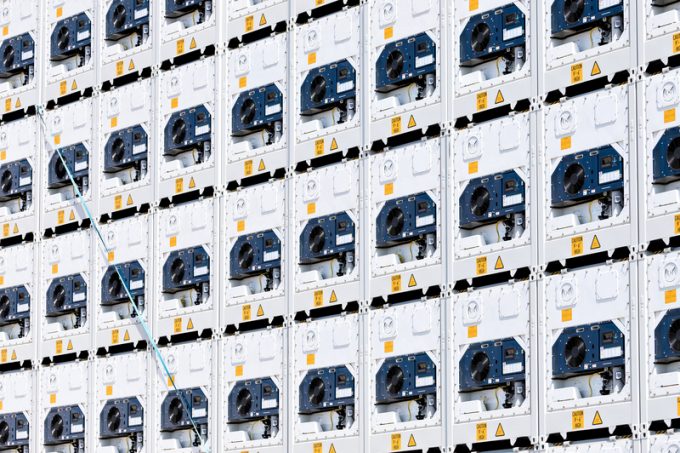Jury still out on benefits of index-linked contracts for shippers
Freight index platforms are keen to push index-linked agreements (ILAs), but there are questions about ...

Perishables shippers are being left high and dry by shipping lines opting to carry general cargo in unplugged reefers, increasing equipment shortages.
And, according to Drewry, reefer freight rates increased again in Q3, with the analyst expecting a similar acceleration throughout next year.
A weighted average of ...

Comment on this article